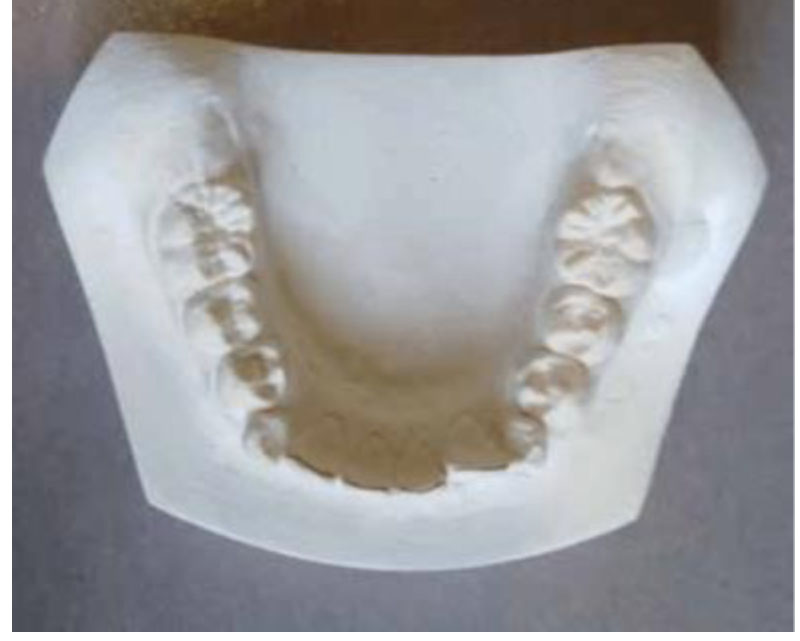- NEED HELP? CALL US NOW
- +919995411505
- [email protected]
Tanaka And Johnston Analysis

Tanaka and Johnston analysis is a mixed dentition analysis which allows one to estimate the space available in an arch for the permanent teeth to erupt.
This analysis was developed by Marvin M. Tanaka and Lysle E.
Johnston in 1974 after they conducted a study on 506 orthodontic patients done in Cleveland at the Case Western Reserve University School of Dental Medicine
Armamentarium
- Boley guage
- Study cast
The prediction of the size of the unerupted canines and the premolars in contemporary orthodontic population can be done with the Tanaka Johnston analysis.
Technique
| Determine the available arch length = distance from mesial of first permanent molar to the contralateral tooth |
| Width of four mandibular incisors to be calculated |
| Half the mesio-distal width of 4 lower incisors + 10.5 = Mandibular canines & premolars in one quadrant |
| Half the mesio-distal width of 4 lower incisors + 11 = Maxillary canines & premolars in one quadrant |
| Subtract this dimension from remaining space available – to give a positive / negative for total arch space |
Advantages-
- Technique involves simple, easily repeated procedure with minimum material requirement
- Significant clinical acceptability
- Minimal amount of time & effort

Note
If the patient is not of the Northwestern European descent, Tanaka Johnston space analysis will either over-predict or under-predict the size of the unerupted teeth – this could cause serious treatment planning problems
Related posts
April 10, 2025
April 9, 2025
April 4, 2025




